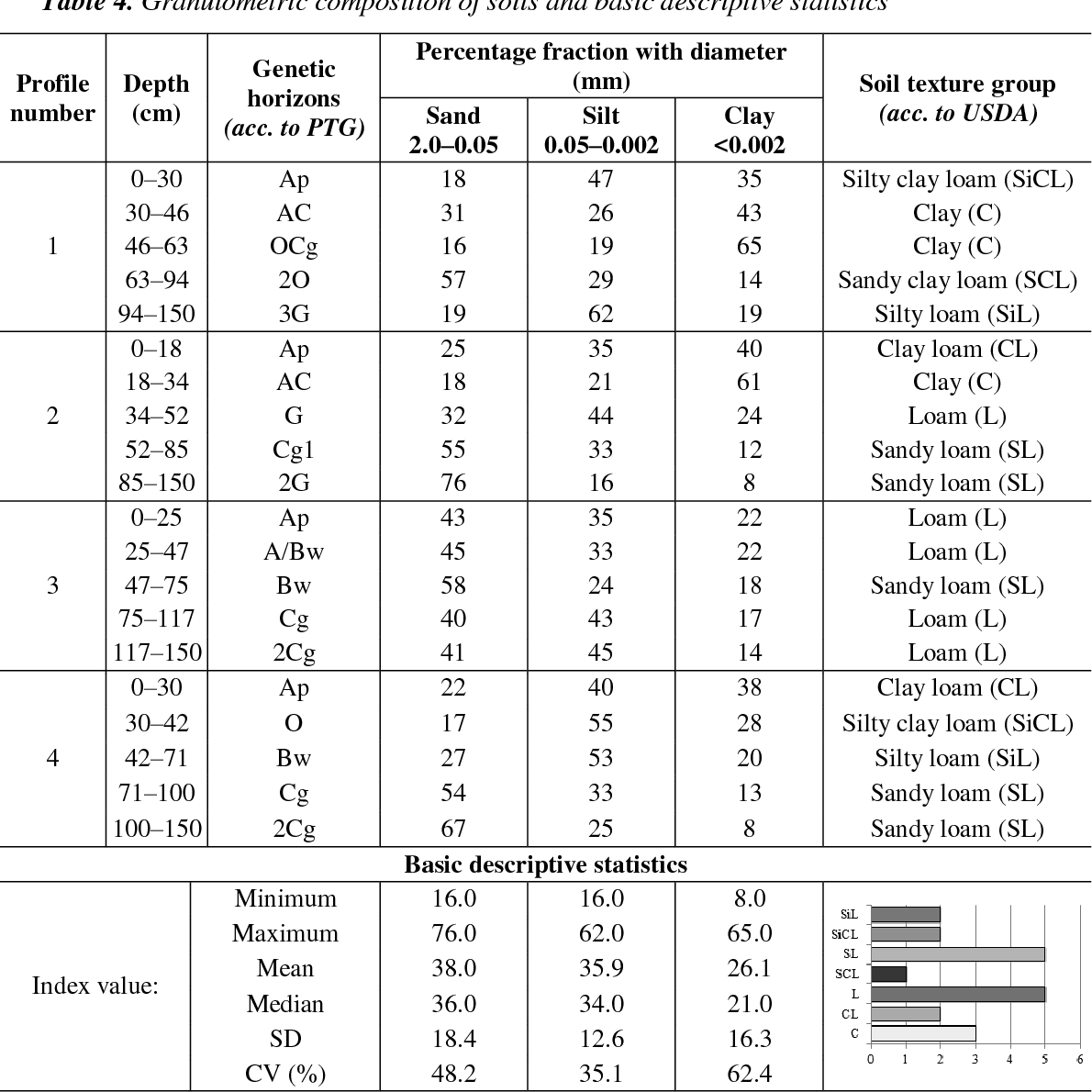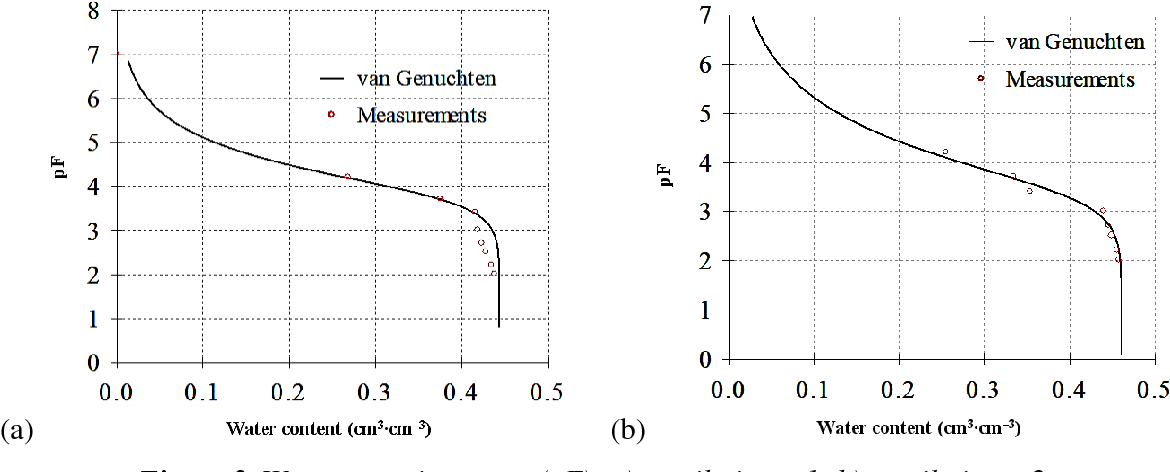Current technology of developing sophisticated numerical models for water and solute movement in the subsurface seems to be well ahead of our ability to accurately estimate the increasing number of parameters which appear in those models. California, Riverside in press. Methods of soil analysis, part 1, Physical and mineralogical methods, Agronomy 9 1 , 2nd Ed. The user must specify the names of input, output, and plotting files. We first proceed with the most general case of variable m and n. 
| Uploader: | Talar |
| Date Added: | 10 May 2006 |
| File Size: | 56.91 Mb |
| Operating Systems: | Windows NT/2000/XP/2003/2003/7/8/10 MacOS 10/X |
| Downloads: | 10184 |
| Price: | Free* [*Free Regsitration Required] |
Finally, Figure 6 shows a case with visible differences between all four eetc based on 7. Such theoretical methods are generally based on statistical pore-size distribution models which assume water flow through cylindrical pores and incorporate the equations of Darcy and Poiseuille.

Results are given as a function of the volumetric water content, d, or the pressure head, h. Hence, the soil hydraulic functions contain a maximum of 7 independent parameters.
Salinity Laboratory, and Fereidoun Kaveh of Chamran University Ahwaz, Iranfor their help in running the code for a large number of data sets, and for providing various plotting routines to graphically evaluate the computer output. In Method 2 the saturated water content, 8S, and the soi, conductivity, Kp were fixed at their measured values as given in Table 2.
Approximation of field hydraulic conductivity by laboratory procedures on intact cores.
PC-PROGRESS - RETC
During the execution of RETC, 6, will be automatically set to zero if 0, becomes smaller than 0. A mathematical function for describing capillary pressure-desaturation data.
Schematic of the output generated with RETC 48 9. A large number of models of this type have appeared in the soil science and petroleum engineering literature during the past several decades.
Retention Curve (RETC) Computer Program
Figures 3 through 6 compare observed and fitted retention curves for four soils. Fit to Retention Data of Example 1 A. The program may be used to predict the hydraulic conductivity from observed soil water retention data assuming that one observed conductivity is rwtc. Figure 13a shows that the variable m,n case severely underpredicts the observed data. Outline of the control file RETC.
Estimating soil water properties. Experimental data are specified in the file named in line 1 of RETC. The model incorporates menu-driven data entry.

Following van Genuchten and Nielsen [] and Luckner et al. Abstract Detailed knowledge of the soil hydraulic properties the soil water retention and hydraulic conductivity soill is indispensable for predicting or managing the migration of water and dissolved constituents in unsaturated soils.

Figures 9 and 11 also include the experimental conductivity data as listed by Mualem [b]. Fitted parameter values for the soils are listed in Table 1. For example, retcc allow for a more efficient representation and comparison of the hydraulic properties of different soils and soil horizons.
Environmental Protection Agency P. American Society of Agronomy, Madison, Wisconsin, p. A new feature of RETC is that it is now possible to simultaneously optimize some or all potentially unknown parameters in the adopted models, leading to a maximum of five or six independent parameters in the Brooks-Corey models, and six or seven parameters in the Mualem-van Genuchten and Burdine-van Genuchten models.
NP DO 32 J-l. The information appears ret useful for theoretical and applied scientists, engineers, and others, concerned with regc movement of water and chemicals into and through the unsaturated vadose zone.
RETC - Retention Curve Program for Unsaturated Soils - Scientific Software Group
REPO Wcember i. This last feature causes all curves to approach a limiting curve at low values of the relative saturation, Se. The same limiting curve also appears when n in 7 is allowed to go to infinity, while simultaneously decreasing m such that the product, mn, remains the same at 0.
RETC provides additional statistical information about the fitted parameters such as mean, standard error, T-value, and lower and upper confidence limits. Fixing 6r is especially appropriate when few data at relatively low water contents or pressure heads are available.
A helpful text with background information on fitting equations to experimental data using this method is given by Daniel and Wood [].

Комментарии
Отправить комментарий